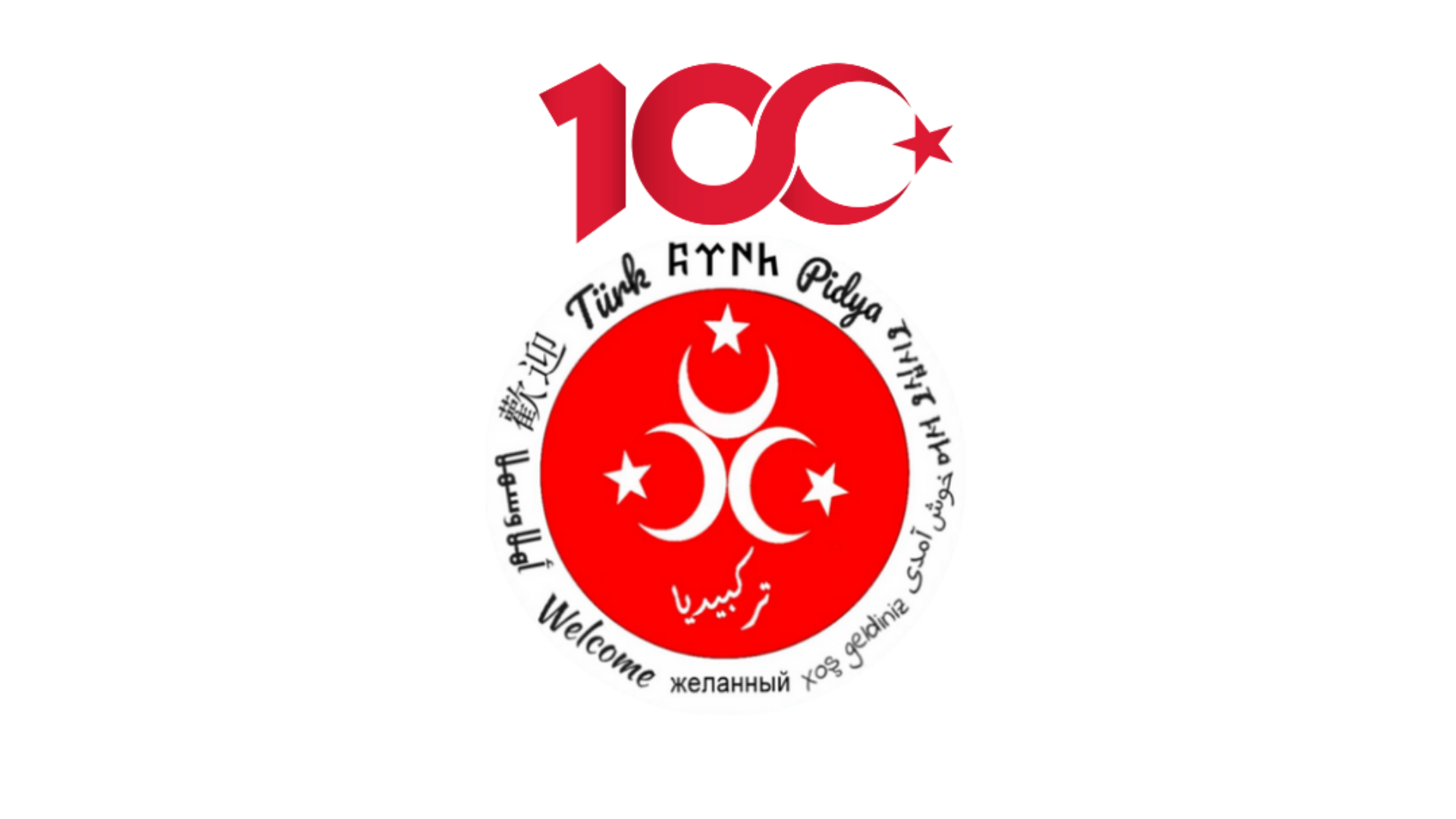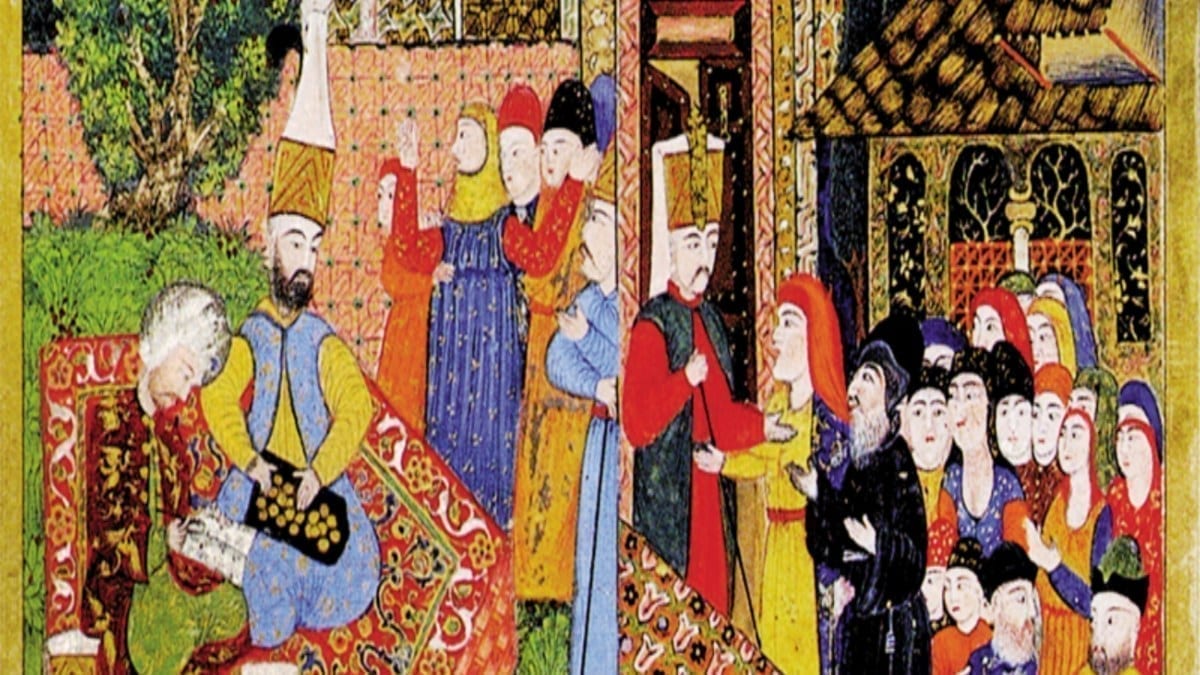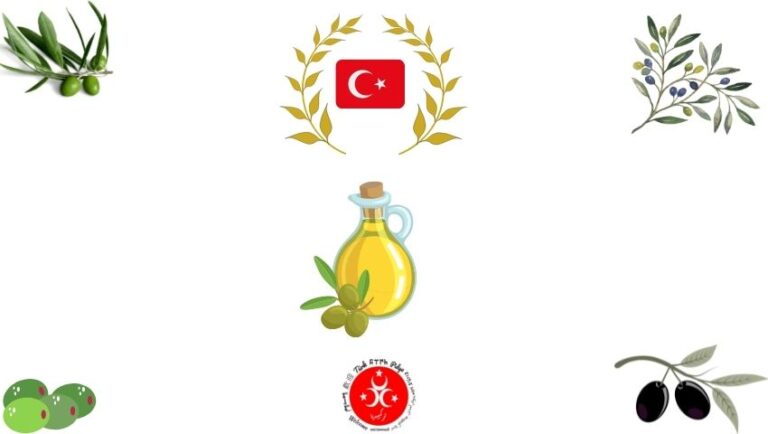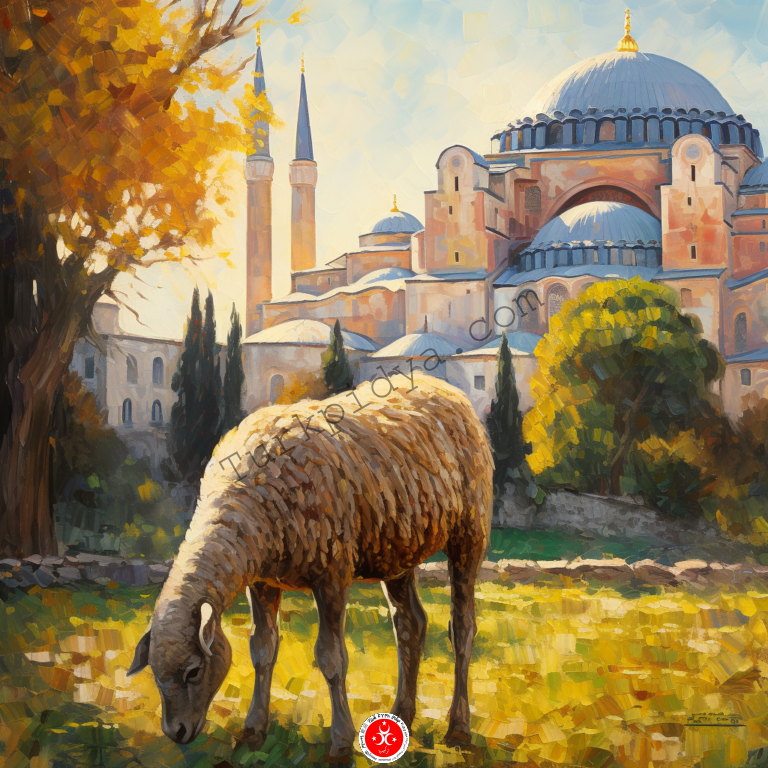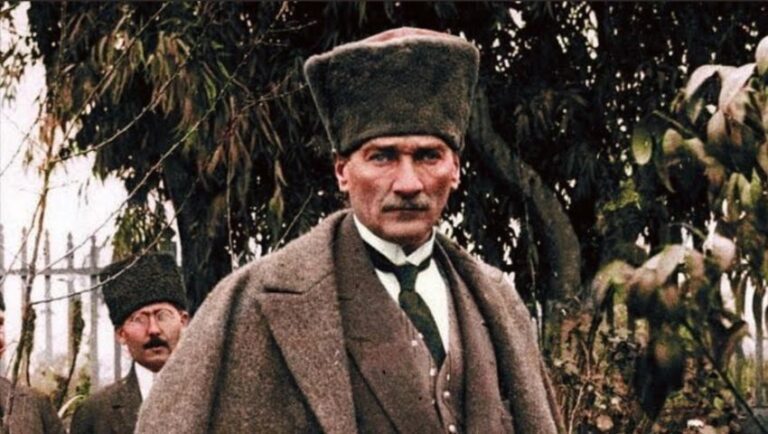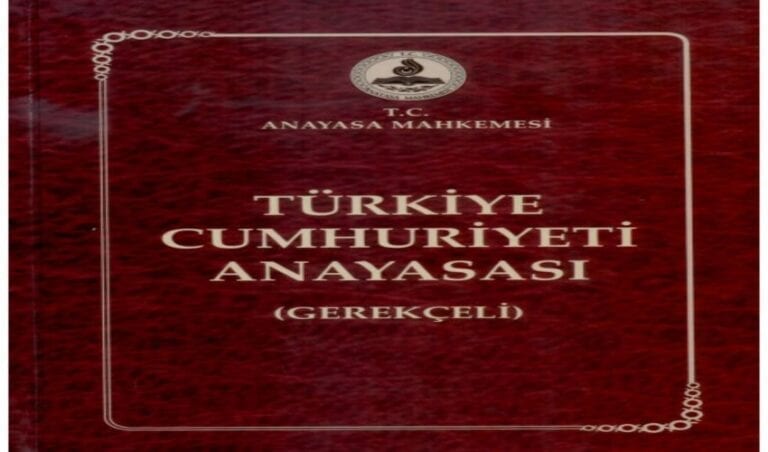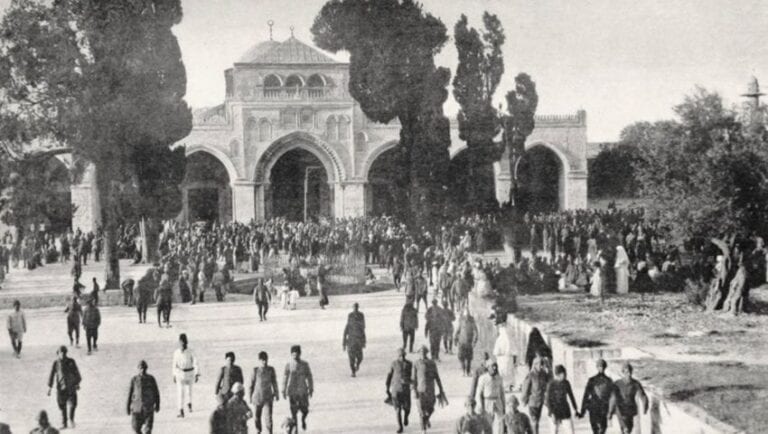Table of Contents
Enderun Ottoman School in Ottoman language “Enderûn Mektebi” is one of the pillars of the education system in the Ottoman Empire, as it mainly contributed to the establishment of a strict educational system for the graduation of senior men and state employees.
Enderun Ottoman School was called the Palace School during the imperial era, and the school taught promising and intelligent children, all life matters and the arts of management in general.

Enderun Ottoman School origins
Sources differ about the date of the establishment of the Enderun School, which in Persian means “a school within the palace,” as some sources indicate that the school was established by Sultan Murad II, or Sultan Mehmed the Conqueror.
Clever and bright children from all over the empire moved to the palace and were specially raised, with the aim of getting the elite to work in various state positions.
Andron School was restricted to educating non-Turkish students until Sultan Suleiman the Magnificent allowed them to enroll in the school, becoming one of the most important schools in the educational system in the Ottoman Empire.
Education in Enderun Ottoman School
The education of the children who were transferred to the school varied between religious lessons such as the sciences of the Quran, interpretation “Tafsir”, hadith, and Sharia, in addition to literature, poetry, grammar, language and scientific lessons.
In the literary aspect, Enderun School was teaching students mainly Arabic and Persian, in addition to some other languages.
On the scientific side, students of the Imperial School studied mathematics, geography, and logic, as well as the rules of ceremony “Etiquette” , and bureaucratic works, with Ottoman palace traditions and literature.
In addition, Enderun School took an interest in artistic and creative aspects such as painting, mosaic and the arts in general, and students also practiced sports activities periodically.
The school also addressed some military, technical, and political aspects to qualify students to assume responsibility for the state.
• Twelve is the number of tests that each student was required to pass, in addition to physical, psychological and technical skills.
• A student will never be able to graduate from school unless he shows unparalleled excellence.
Preserving morals and assets was one of the most important points that students were evaluated on in the school.

The importance of Enderun school in the educational system in the Ottoman Empire
Andron School is a living factory of the most important people of the Ottoman Empire, with great stature emerging in all spheres of life.
The school graduated many Pashas, ministers of the state, and many of the school’s graduates assumed the position of Grand Vizier in addition to state governors.
Graduates of the school were not restricted to statesmen only, as many poets, painters, architects, musicians, and historians were graduates of the Enderun educational system.
The school graduated according to the most reliable statistics, 63 Grand Sadr, 3 Sheikhs of Islam, 23 Commanders of the Navy, in addition to several ministers of the cupola, Defterdar “Ministers of Finance” and leaders of the Janissary.
Many architects, debaters, calligraphers, writers, imams, poets, and scholars have also graduated from the school.

How was the life of the students inside Enderun School
The day of the students began two hours before the dawn prayer, and ended with the evening prayer, in all seasons of the year.
The day of the school student begins with waking up two hours before dawn to go to the bathrooms and bathing, then meeting to pray for the growth and flourish of the state.
After that, the dawn prayer ıs held collectively, and if the Ottoman caliph is in Istanbul, the students perform the prayer with him in the Hagia Sophia Mosque.
Students proceed to perform their daily tasks throughout the day with regular congregational prayers being held on time and invocation for the state and the Sultan during the ritual prayer. The day ends with the evening prayer.
Read also: 10 Poems of the best Yunus Emre poetry
The system within the school
Tuition fees were covered by the Sultan himself, as all school supplies, and students ’clothes were covered from the Sultan’s personal treasury.
The school paid special attention to hygiene and grooming, as the student had to carefully take care of all aspects of hygiene. The student who spits on the floor or who forgot to close his mouth with a tissue while sneezing was severely punished.
The educational system in the school is built on intelligence and acumen, not on age or time. The only criterion in Enderun School is aptitude and ability.
Despite its rigorous discipline, the school put in place a flexible system to accommodate individual differences from one person to another.

Subjects taught at Enderun Ottoman School
The subjects taught in Enderun varied and branched out from 3 sciences, mainly, which are literary sciences, applied sciences, artistic sciences, and physical activities.
Literary Sciences:
The Holy Quran, the science of fundamentals of religion, hadith, theology, belief, interpretation, Arabic language, Persian language, Prophet’s biography, history, morphology and grammar, wisdom, rhetoric, poetry, structure of words, proverbs, and meanings.
Applied Sciences: Astronomy, Medicine, Geometry, Algebra, Geography, Logic, and Law.
Artistic sciences: music, calligraphy, leatherwork, miniature, sculpture, knitting and knot making.
Physical activities: horseback riding, fencing, jogging, archery, hunting, javelin shooting, weightlifting, jumping, shooting.
End of Enderun School
The school was completely closed after serving more than 500 years, in 1908 AD after the re-proclamation of the Ottoman constitution, following the coup against Sultan Abdul Hamid II .
